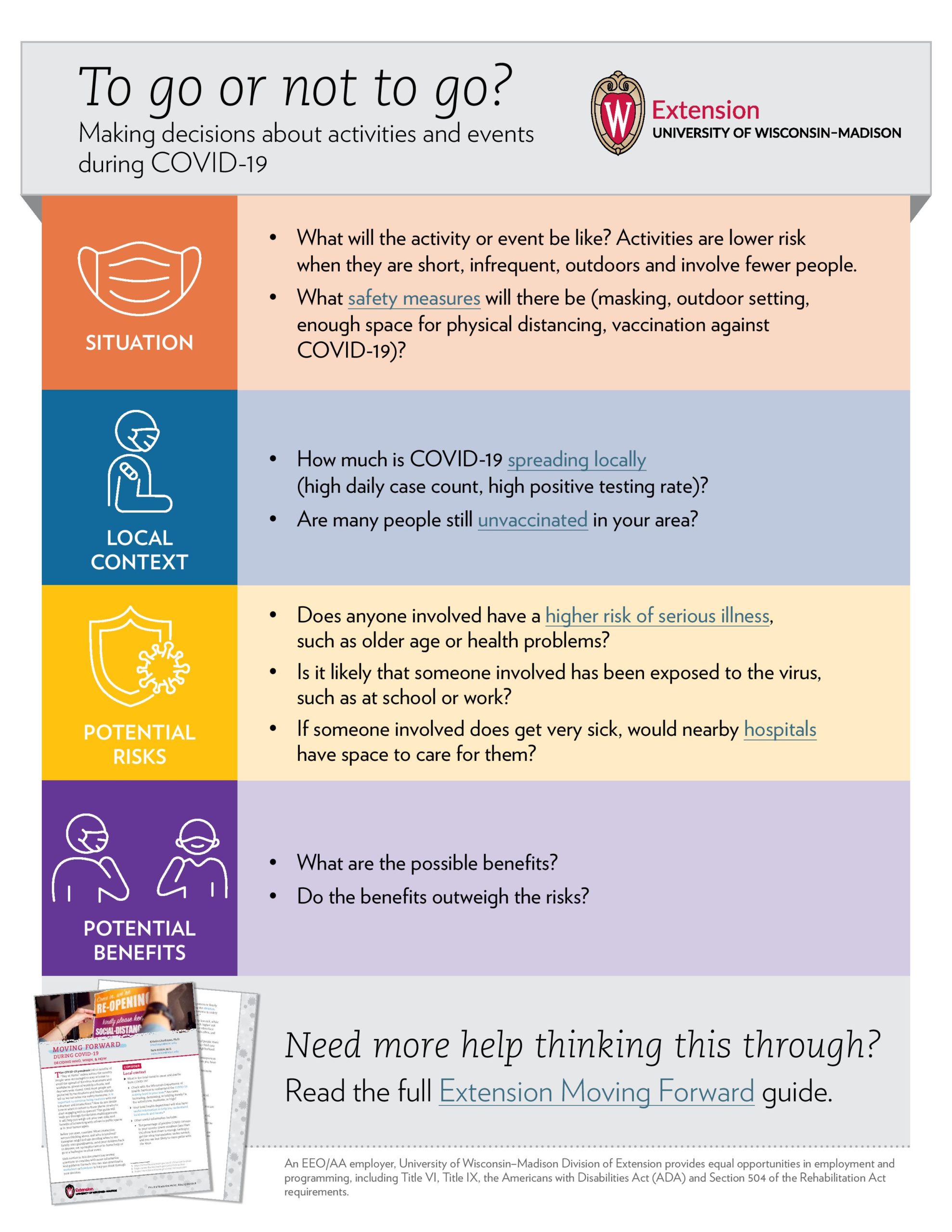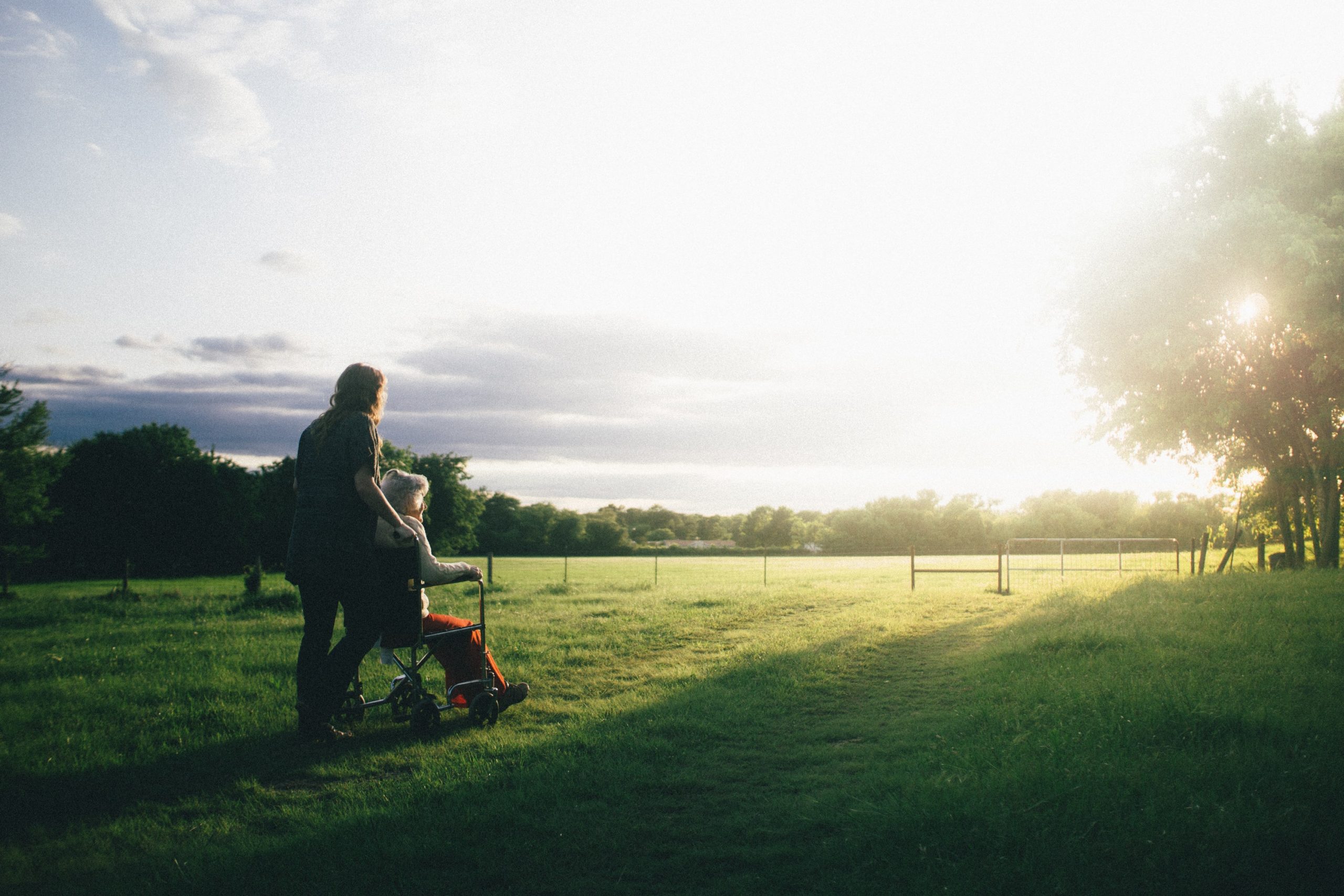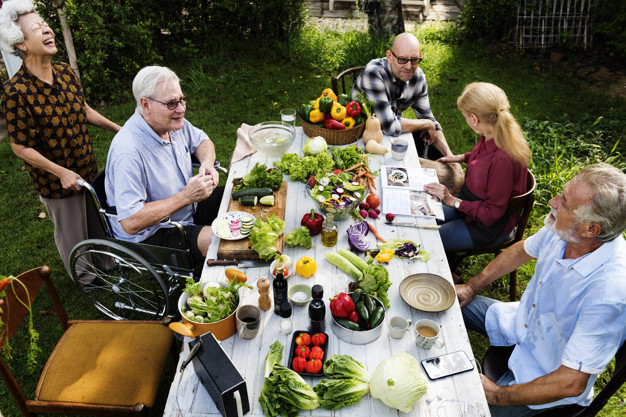
Communicating about COVID-19
Kristin Litzelman, University of Wisconsin – Madison
Leacey Brown, South Dakota State University
Christi Demitz, Michigan State University
As educators, one of our top priorities is to ensure that our classrooms and educational environments are healthy, safe, and inclusive. This has become increasingly complex and difficult during the COVID-19 pandemic. Not only have outbreaks ebbed and flowed at different rates in our communities, but we have also had to keep up with an ever-changing landscape of recommendations, best practices, and potentially divergent needs of our program participants and constituents.
How can we talk about COVID-19 in a way that is productive and prioritizes safety while recognizing the complexity of these choices? In our November 2021 NCRAN webinar, we draw on guidance from the Frameworks Institute to share some ideas and best practices.
- Center the common good to help people think about “we” instead of “me”. In a pandemic, every person’s health is intertwined. The right thing to do is ensure we all have what we need to be well
- Avoid “othering” language, and instead use terms that bring us together when talking about high risk groups. Examples include: Older people, People aged 60 and up, People in institutional settings, from skilled nursing facilities to detention centers, People with particular risk factors/people more at risk
- Lean into cause-and-effect explanations rather than top-down demands. Framing safety measures from a “see how this works” lens builds trust and can help facilitate a problem-solving and solution-building mind set. For example, the Swiss Cheese metaphor help explain why we layer multiple safety measures by illustrating how they work in combination.
- Normalize what we all should be doing instead of dramatizing rule breaking. We are staying the course with safety measures because we know the virus is still around and it’s the right thing to do to protect each other.
- Provide clear, concise, consistent communication. Repeat the message as often as you can. Varying the language can help the message avoid sounding scripted and keep the message feeling fresh, even if the underlying information is unchanged.
Helping people think about their own context and connections can be another important communication tool. Decisions about activities and safety measures during the pandemic can be complex and fraught. A framework to help structure thinking and decision making can help break down decisions into manageable pieces.
As with all complex communication challenges and difficult conversations, practice makes perfect. If you’d like to practice these communication strategies with your team, community partners, or on your own, here is an activity you can use.
1) Take a few minutes to think and write about a COVID-19 communication challenge, conflict, or misunderstanding that you have faced recently
2) Find a buddy or team, and together work out a plan for how to communicate about the issue more effectively
3) Role play the conversation so you can practice getting it right
4) If you are doing this activity in a larger group, ask teams to report back on what they learned from the activity, and talk through any remaining challenges or concerns.



